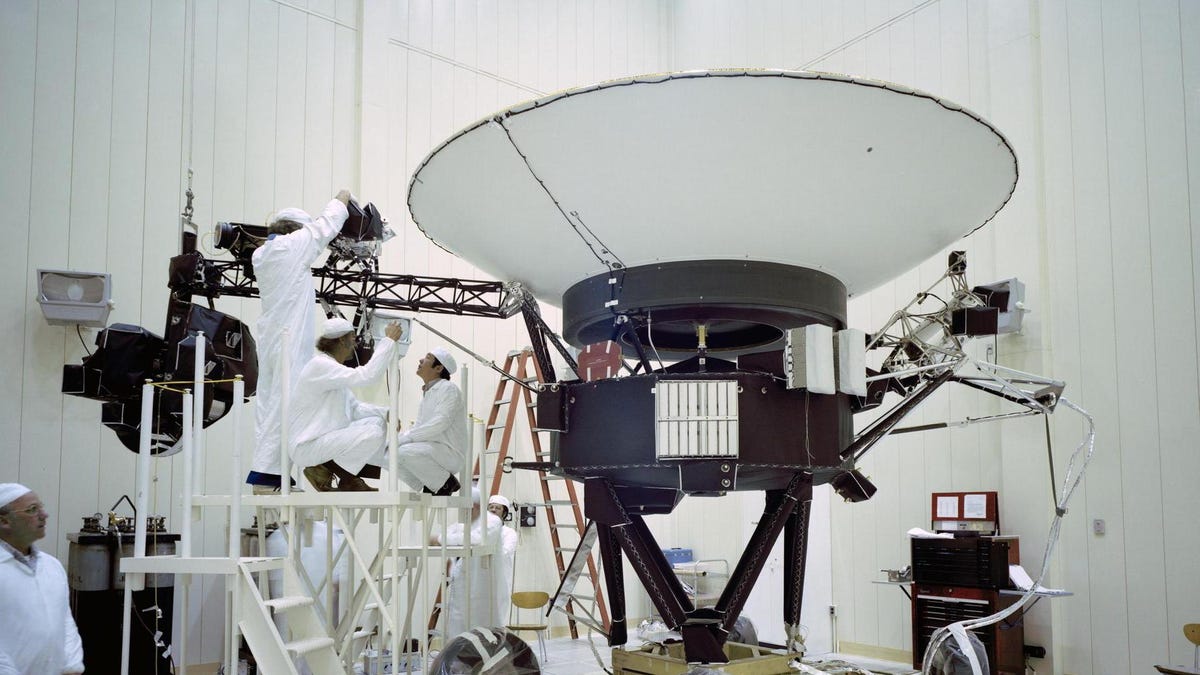NASA's Voyager 2 survives glitch, gets back to interstellar science
Whew. Don't scare us like that, Voyager 2.
NASA's Voyager 2 is an elder among spacecraft. It launched in 1977 and is currently exploring interstellar space around 11.5 billion miles (18.5 billion kilometers) away from us. Voyager suffered a worrying glitch in late January that shut off its science instruments. Good news: The spacecraft is alive and well.
NASA announced on Tuesday that Voyager 2 has returned to normal operations. "The five operating science instruments, which were turned off by the spacecraft's fault protection routine, are back on and returning normal science data," the space agency said.
The Voyager 1 official Twitter account celebrated the news, tweeting, "All right now, baby, it's all right now! My twin, Voyager 2, is back to normal operations."
All right now, baby, it’s all right now! My twin, Voyager 2, is back to normal operations.
— NASA Voyager (@NASAVoyager) March 4, 2020
The five science instruments turned off by the spacecraft's fault protection routine are back on and returning data. Solid. https://t.co/dZQ9Xydv8Y pic.twitter.com/XF7yy49l9y
Voyager 2 experienced the anomaly on Jan. 25 when it attempted a roll, drew too much power and accidentally tripped safety software. This put NASA in a challenging position since it takes 17 hours each way for Voyager 2 to communicate with Earth.
Decades after launch, Voyager 2 and its twin Voyager 1 became the first human-made objects in interstellar space. It's a testament to both NASA and the hardiness of the spacecraft that the team was able to recover a machine that isn't even located in our solar system.
Despite their age, the Voyagers continue to send back valuable data about the cosmic world beyond our own.


